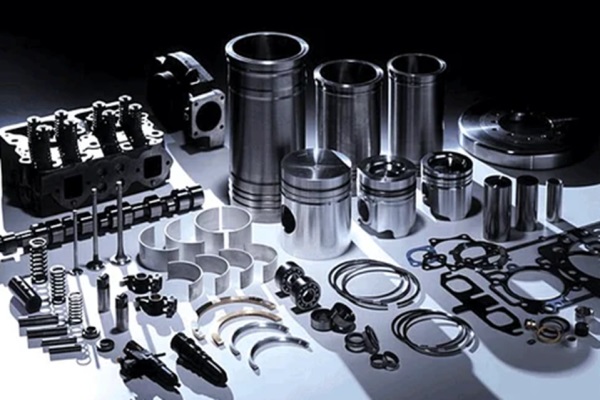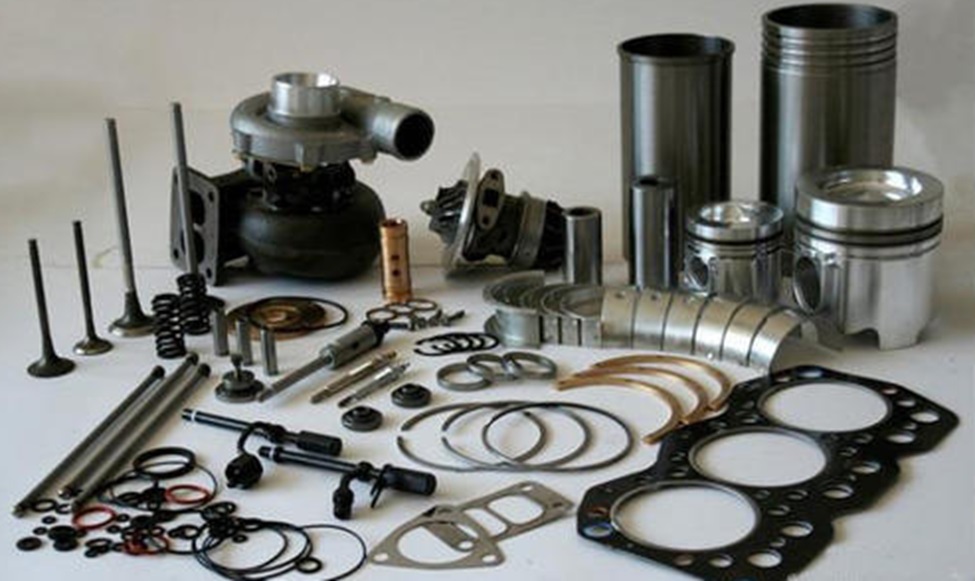In the relentless pursuit of efficiency and performance, Cummins has consistently stood at the forefront of innovation in engine technology. With a legacy spanning over a century, Cummins has continually pushed the boundaries of what’s possible, delivering cutting-edge parts that not only optimize fuel consumption but also enhance power delivery, reliability, and sustainability. In this exploration, we delve into the dynamic world of Parts Cummins , uncovering the innovative technologies and engineering marvels driving efficiency forward.
-
Turbochargers: Powering Performance with Precision
At the heart of Cummins’ efficiency drive lies its turbocharger technology. Turbochargers, which use exhaust gases to compress intake air, play a crucial role in maximizing engine power output while minimizing fuel consumption. Cummins’ turbocharger designs are characterized by precision engineering, advanced aerodynamics, and innovative materials, resulting in optimal performance across a wide range of operating conditions.
One of Cummins’ notable advancements is the Variable Geometry Turbocharger (VGT), which adjusts the turbine geometry to match engine load and speed, providing seamless power delivery and improved fuel efficiency. By optimizing boost pressure at all engine speeds, VGT technology ensures responsive performance while reducing emissions.
Furthermore, Cummins has been exploring electric turbocharger technology, which uses an electric motor to drive the compressor wheel independently of exhaust gases. This innovative approach eliminates turbo lag, enhances engine responsiveness, and allows for precise control of boost pressure, resulting in smoother acceleration and improved drivability.
-
Fuel Systems: Precision Injection for Maximum Efficiency
Fuel systems play a critical role in optimizing combustion efficiency and reducing emissions. Cummins’ advanced fuel injection systems are engineered to deliver precise amounts of fuel at high pressure, ensuring optimal combustion and minimizing wasted energy. The Common Rail Fuel Injection system, pioneered by Cummins, utilizes a high-pressure rail to supply fuel to individual injectors at precisely timed intervals, resulting in smoother engine operation and improved fuel economy.
In addition to conventional diesel fuel systems, Cummins has been at the forefront of developing alternative fuel technologies, such as natural gas and hydrogen. These alternative fuels offer the potential for lower emissions and reduced dependency on fossil fuels. Cummins’ expertise in fuel system design and integration has enabled the development of engines that can run on a variety of fuels, providing flexibility and sustainability for a wide range of applications.
-
Emissions Control: Meeting Environmental Challenges Head-On
With increasing environmental concerns, emissions control has become a top priority for engine manufacturers. Cummins has been leading the way in developing innovative emissions control technologies to meet stringent regulatory requirements while maintaining engine performance. Selective Catalytic Reduction (SCR), integrated with advanced exhaust aftertreatment systems, significantly reduces harmful nitrogen oxides (NOx) emissions by converting them into harmless nitrogen and water vapor. Cummins’ comprehensive approach to emissions control ensures compliance with the most stringent regulations worldwide, positioning the company as a leader in environmental stewardship.

-
Electronic Controls: Maximizing Efficiency through Intelligent Systems
Modern engines rely heavily on electronic control systems to optimize performance, monitor vital parameters, and diagnose issues in real-time. Cummins’ electronic control modules (ECMs) utilize sophisticated algorithms and sensor data to precisely manage engine operation, continuously adjusting fuel injection timing, turbocharger boost pressure, and other parameters to optimize performance and efficiency under varying conditions.
Moreover, Cummins has been investing in predictive maintenance technologies that leverage data analytics and machine learning algorithms to anticipate potential issues before they occur. By analyzing engine performance data in real-time, these systems can detect anomalies, identify potential failures, and recommend proactive maintenance actions, minimizing downtime and maximizing reliability.
-
Material Science: Lightweight, Durable, and Efficient
Material science plays a crucial role in the development of high-performance engine parts. Cummins has been incorporating advanced materials such as high-strength alloys, ceramics, and composites into its engine components to achieve a balance of strength, durability, and weight savings. Lightweight materials help reduce overall vehicle weight, improving fuel efficiency and performance, while also enhancing durability and longevity.
For example, Cummins has developed advanced piston designs using lightweight materials such as aluminum and titanium, combined with innovative cooling technologies to withstand high temperatures and pressures. Similarly, the use of composite materials in intake manifolds and valve covers helps reduce weight and improve thermal management, resulting in more efficient engine operation.
Conclusion: Driving Efficiency Forward
Cummins’ commitment to innovation and excellence in engine technology has propelled the company to the forefront of the industry. Through advancements in turbocharger technology, fuel systems, emissions control, electronic controls, and material science, Cummins continues to push the boundaries of efficiency, performance, and sustainability.
As the automotive and industrial sectors evolve, Cummins remains dedicated to driving efficiency forward, delivering solutions that meet the needs of customers today and tomorrow. With a relentless focus on innovation and a legacy of excellence, Cummins is shaping the future of transportation and industry, one efficient engine part at a time.
You may also like
-
Silence the Sunroof: Restoring Peace to Your Drive
-
Discover the Importance of Silent Generators for Camping and Explore the Jackery Solar Generator 1000 v2
-
Auto Repair Equipment Financing: Get the Tools You Need to Grow Your Shop
-
Power Window Glass Replacement: A Delicate Process
-
How Technicians Handle Oil Change Malfunctions

